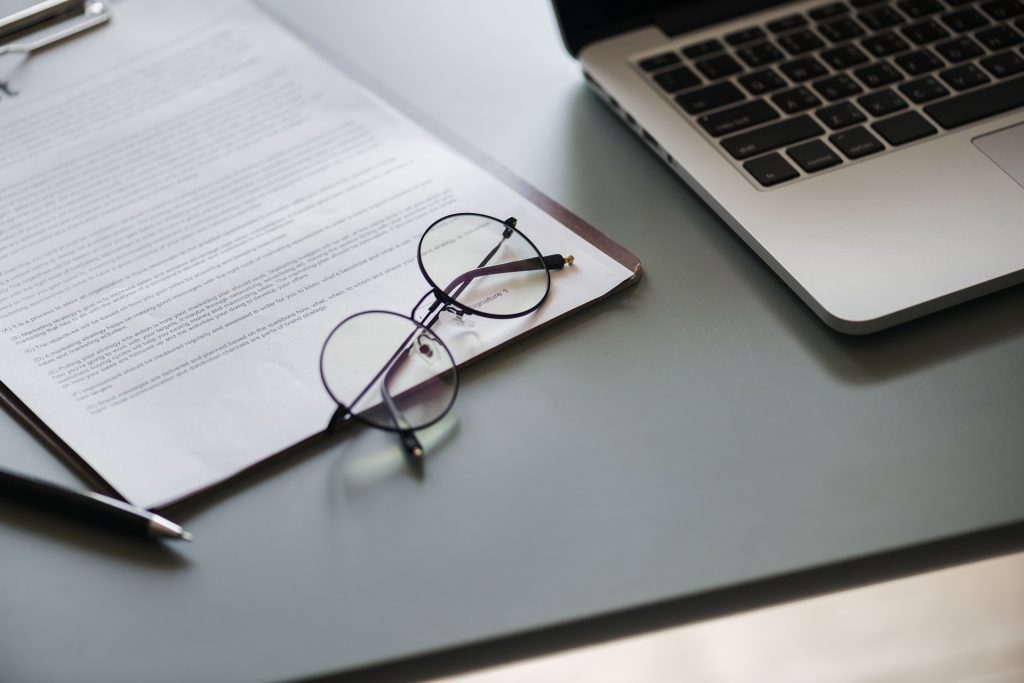Panama, Suez Canals climate change reality

THE EDITOR: The Suez Canal is a man-made waterway connecting the Mediterranean Sea to the Indian Ocean via the Red Sea. According to documented history, the brainchild for the Suez Canal started in 1858 when Ferdinand de Lesseps formed the Suez Canal Company.
It was followed by the digging which started in 1859 in the city of Al-Farama (now Port Said) where thousands of Egyptians participated in the groundbreaking event.
Today, it enables a more direct route for shipping between Europe and Asia, effectively allowing the passage of an abundance of cargo from the North Atlantic to the Indian Ocean and vice versa without having to circumnavigate the African continent, thereby saving valuable time and resources.
Unfortunately, there are now reports that political/military factions are disrupting (for whatever reasons) this fundamental passageway. On this side of the globe, there is another man-made 82-kilometre waterway that connects the Atlantic Ocean and Caribbean Sea with the Pacific Ocean – the Panama Canal.
This canal cuts across one of the narrowest points between North and South America and is an extremely significant channel for maritime trade. Cargo vessels can save up to 8,000 nautical miles of sailing by going through this channel.
The Panama Canal was no easily-achieved feat.
Among the French, the British, the Americans and the Indigenous people of that region, more than 20,000 lives were lost through diseases like malaria, yellow fever, etc, and, of course, safety risks during the canal’s 1903-1914 construction.
Normally, around 40 ships can pass through the canal daily.
However, with today’s climate change and water levels, that number can be slashed to as low as 24 a day.
And here we are talking about humungous cargo ships that are loaded with containers each weighing tons.
Of course, that reduction means more time and additional costs – costs that are inevitably passed on to the consumer.
The disturbing aspect for us, TT, about these adjustments (and quite a number of us are still ignorant about these realities) is that a significant percentage of punctual food supply depends on these passageways.
Not wanting to sound negative or raise any unnecessary alarm, it still makes you wonder, should the present situations on these two waterways continue or worsens, are we, TT, capable of independently feeding ourselves over long periods?
Here I am thinking of basic everyday foods like rice, flour, grains (red beans, lentils, chickpeas, etc), potatoes (aloo), garlic and onions, added to the abundance of other imported foods.
As far as food supply goes, we are under the wings of the good old US, right? Yes, the US is indeed economically extolled, but are we mindful of BRICS – the intergovernmental organisation comprising Brazil, Russia, India, China and South Africa – and the potential changes in the global economic modus operandi should BRICS become dominant in global trade and/or financial exchange?
Election bells have already begun ringing. Of course, they are ringing out the usual nauseating “we better than them” political hypothesis.
After 60-plus years of independence, are we still politically immature? Don’t we recognise the literal grabbing of political opportunities? We need to be aware of what’s happening globally: a challenging economy, a rapidly growing population and, naturally, a demanding food supply in the face of disturbing climate change, and the seemingly ever-increasing armed conflicts.
Red and yellow leaders, are you waiting for the deaths from hunger to surpass the present murder toll and only then come together? Or will the deaths from murder and hunger increase that desire to “be in charge?”
LLOYD RAGOO
Chaguanas


Comments
"Panama, Suez Canals climate change reality"